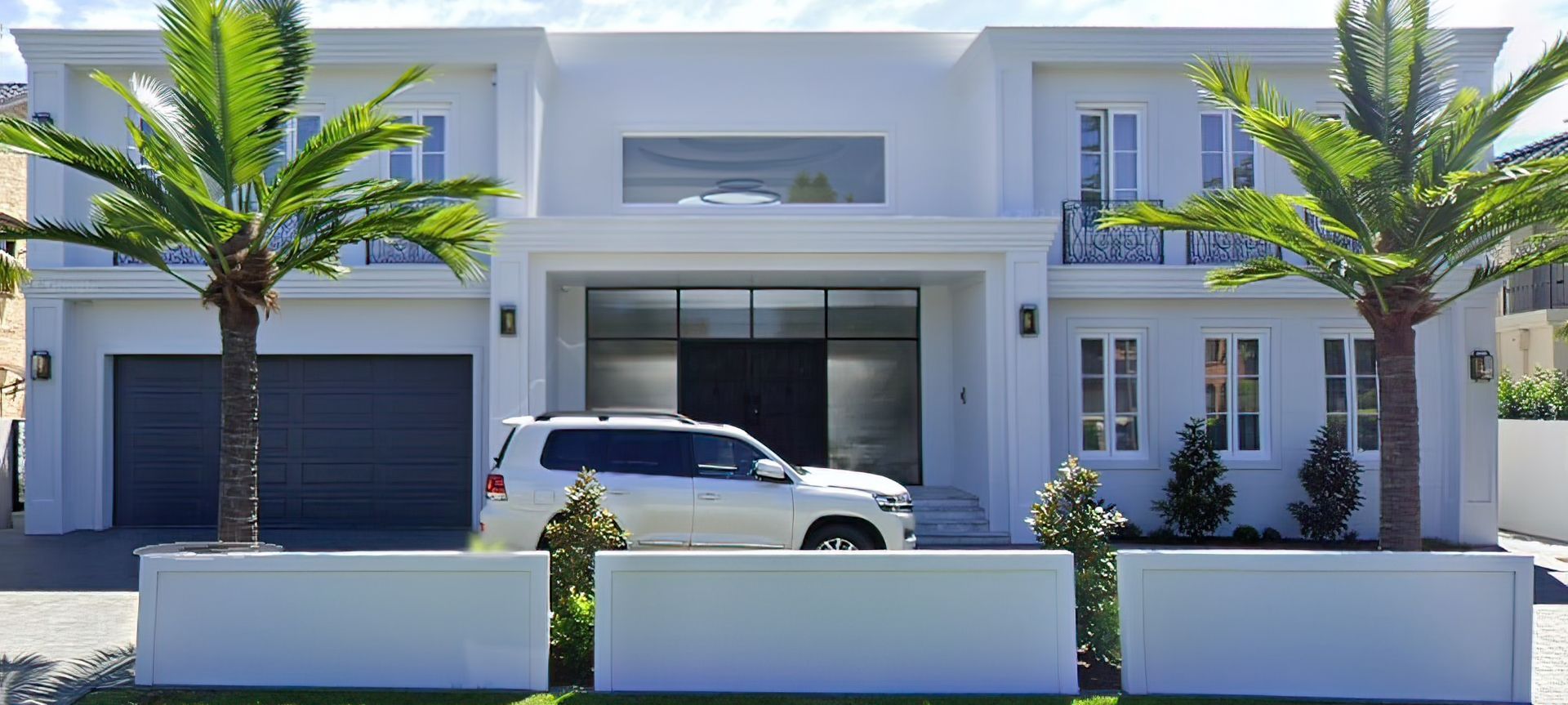As construction and building operation costs continue to rise, insulated concrete formwork (ICF) offers a cost-effective alternative to conventional wall structures like brick and block, significantly reducing both construction and operational expenses.
The lightweight foam blocks or panels are assembled on-site, with reinforcement steel placed inside the forms, and once the walls are built from floor to ceiling with windows and door openings, the concrete is poured in one day continuously around the perimeter in layers of no more than 900mm.
The reinforced concrete structure benefits from the foam form for insulation and also functions as a service duct, providing limitless design potential, shares Suzanne Turner from ZEGO.
It is ideal for a wide range of applications, including residential and commercial construction, industrial and civil projects, as well as swimming pools, spas, water tanks, party walls, boundary walls, sound studios, retaining walls, fences, cellars, and basements.
“Be open-minded, you’re only limited by your creativity. The ICF system can be adopted to any type of build, curved walls, cantilevers, gable ends, large lintel and upturn beam spans reducing structural steel requirements – this is a major benefit over conventional building.”

The key advantages of ICF
Aside from design potential, speed of construction and accuracy are two of the key benefits of ICF systems.
“The system is modular and works to increments of 50mm, so precision is great for straight and accurate walls,” shares Suzanne. “This in turn makes the work of all trades following so much easier and faster.”
Requiring less labour on site, an average home can have the walls installed and poured in one to two weeks per floor level if installed in conjunction with the proprietary wall brace scaffolding system. The early strength of ICF concrete (it’s six to nine times stronger than conventional block or brick construction) means the next slab or roof can immediately be installed after the concrete pour, making the construction process even quicker.
“ICF construction means reduced labour and material handling on site, (because it’s lightweight and easily carried around the site) and it becomes load-bearing structural once the concrete is poured.”
These qualities mean it’s also ideal for difficult access sites or sloping blocks. Another benefit of ICF construction is soundproofing.
“Due to the weight of the wall being reinforced concrete and the foam which reduces various sound frequencies, the most undersold benefit is the peacefulness and sound proofing of ICF buildings,” shares Suzanne. “This makes it ideal for acoustic attenuation for party walls, boundary walls, music rooms and studios.”

ICF construction improves energy efficiency
The ICF one-step system provides the structural reinforced concrete wall as well as the insulation, which means there is no additional expense required to meet energy ratings.
“ICF reduces energy use, preserving natural resources and producing less construction waste,” says Suzanne.
Due to its high insulation ratings (which start at R3.1 plus) ICF also reduces heating and cooling costs by 50-80% each year over the lifecycle of the building.
“Improved energy performance of buildings reduces stress on the electricity network, reduces bills and supports a least-cost pathway to a zero carbon built environment, improving health and resilience outcomes for households and businesses,” shares Suzanne.
By incorporating highly efficient insulation methods, using sustainable and energy efficient materials that enable on-site power generation as well as implementing solar passive design, architect and designers are creating self-sustaining homes that reduce energy consumption.
Explore projects using ICF systems from ZEGO
